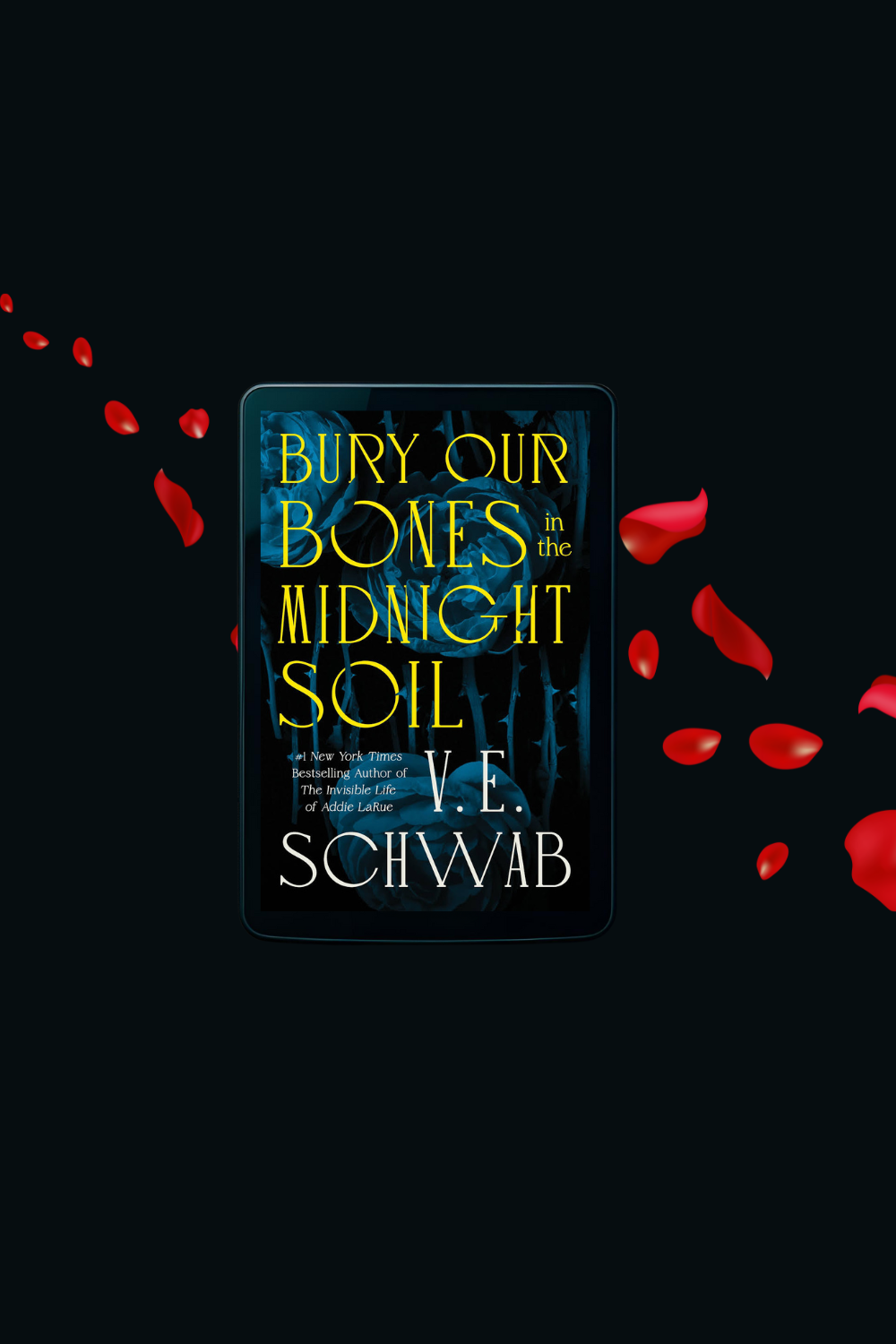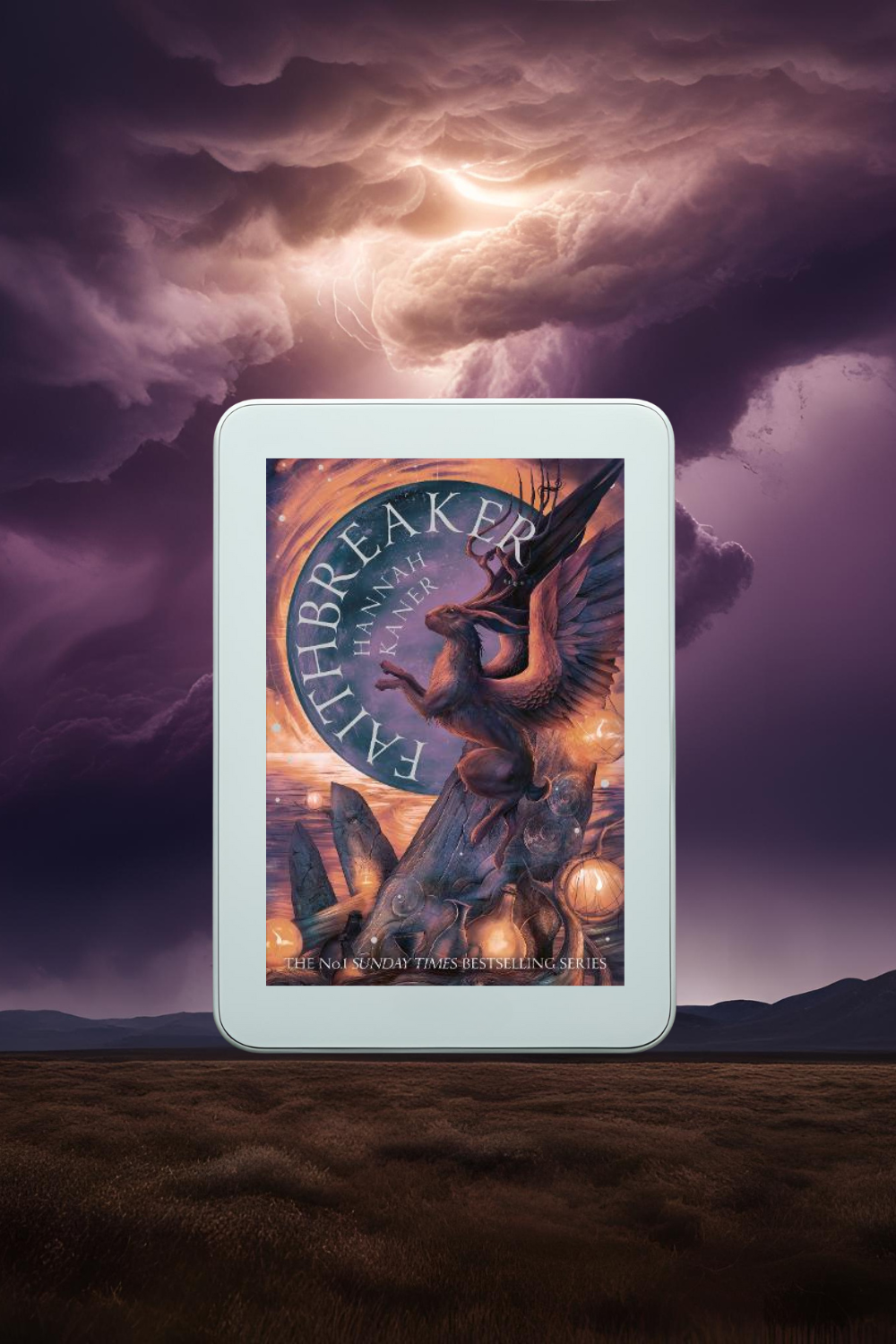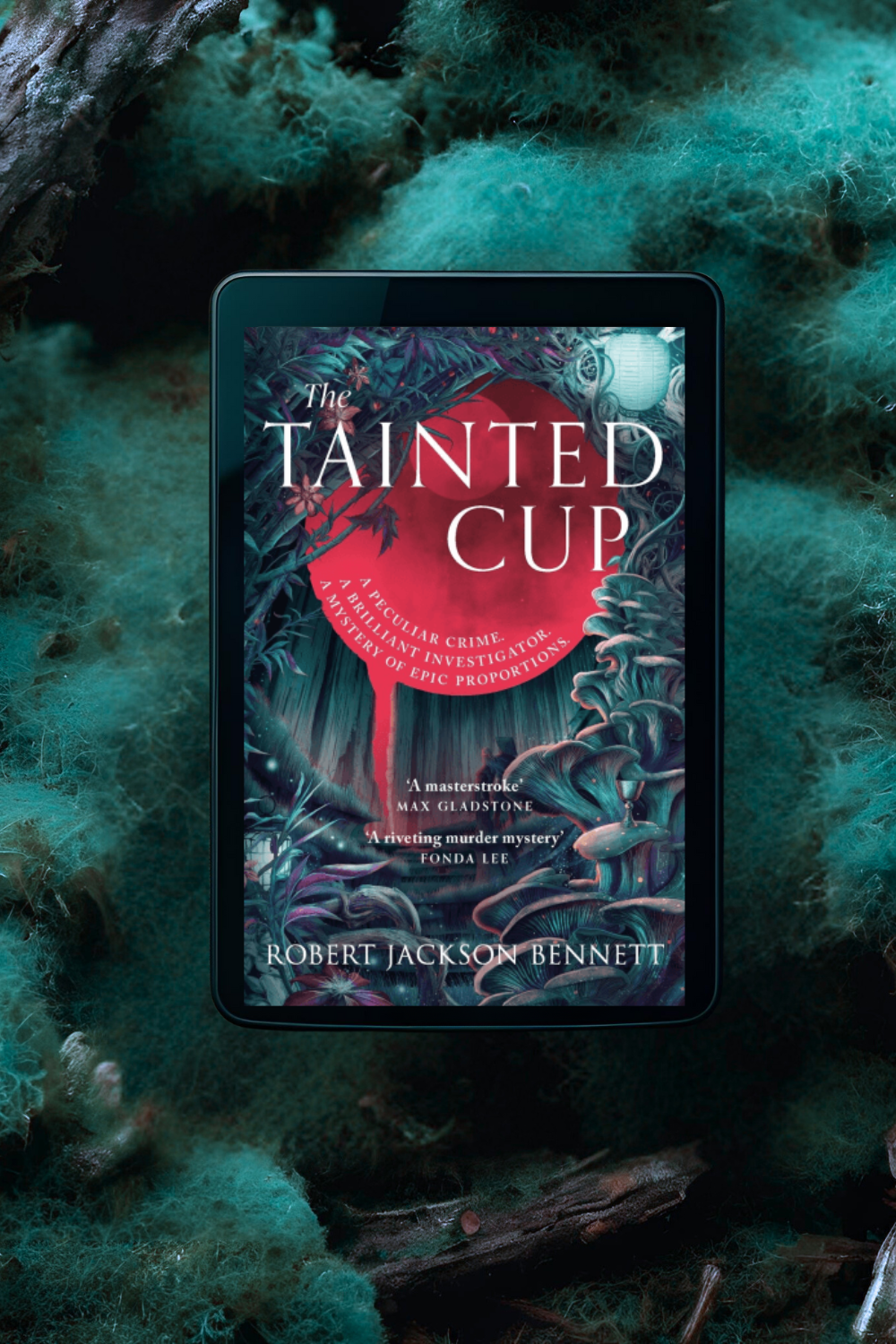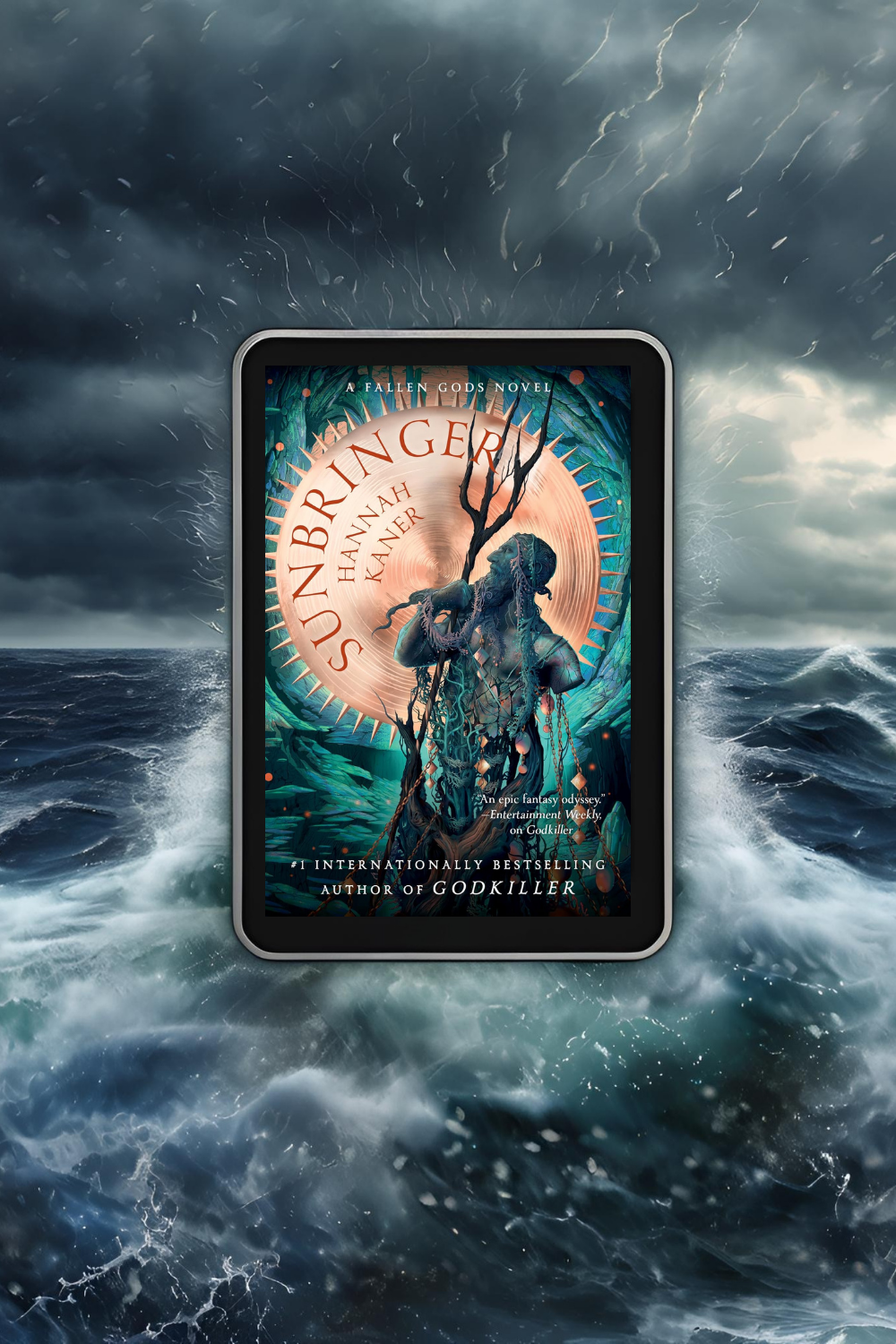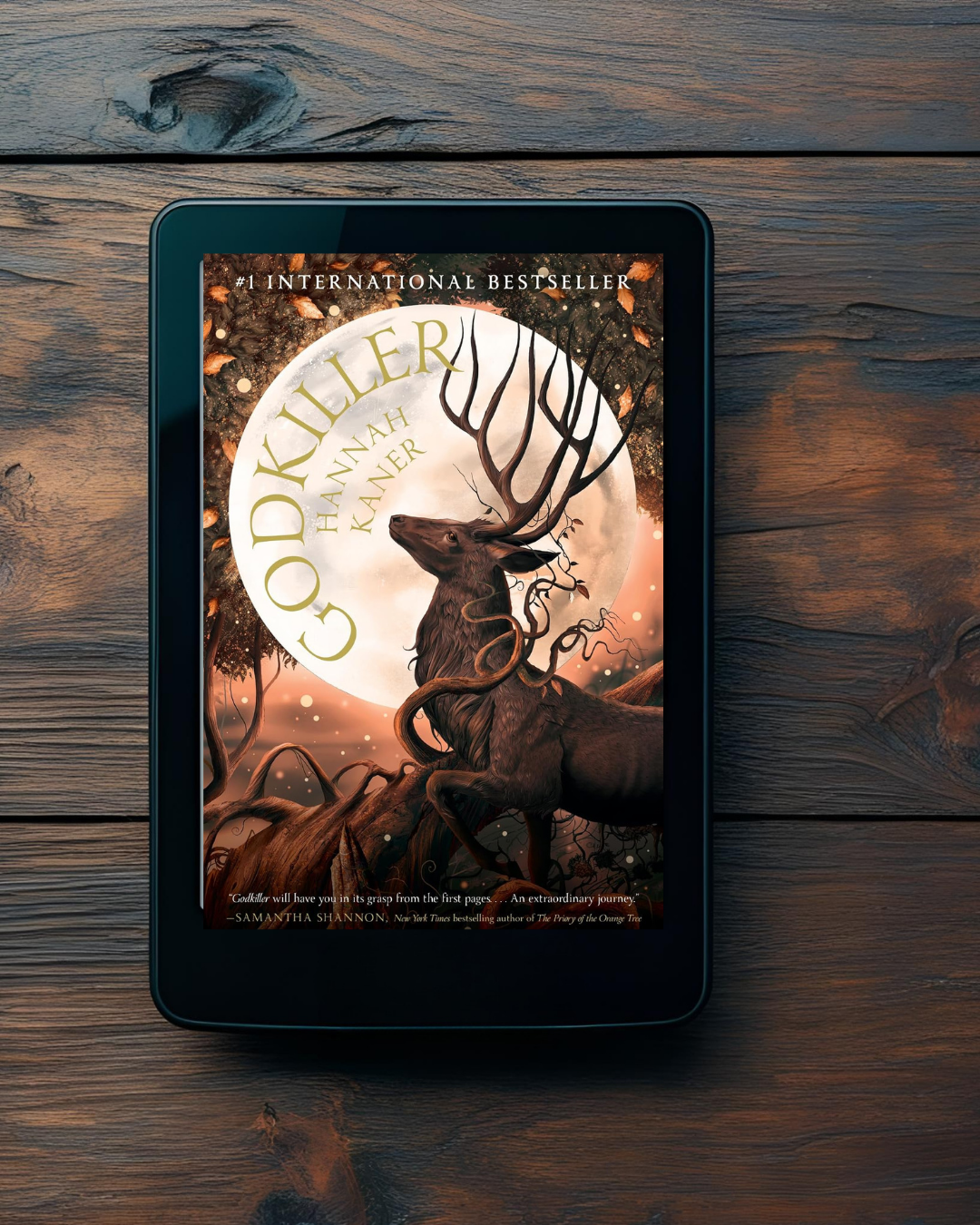Overall Rating: ★★★★☆ (4/5 stars)
Bury our Bones in the Midnight Soil is a stand-alone novel by V.E.Schwab, published in 2025. The story follows the lives of three queer women and their desire to find freedom and an authentic life.
My rating is based on the fact that the book was an enjoyable read with amazing writing and great themes. I had some issues with the pacing and the ending, so that’s what made it a four instead of a five star read.
Please note: This review contains major spoilers. If you haven’t read the book and prefer to go in blind, consider returning after you’ve finished it.
The Story
As previously mentioned, we follow three women: Sabine, Alice and Charlotte. We are first introduced to Sabine in the 1500s in Santo Domingo de la Calzada, then to Alice in 2019. We get a brief teaser of Charlotte’s perspective in 2019, but her story is told in the last third of the book.
Sabine, born Maria in Santo Domingo de la Calzada, quickly realizes her life is destined for marriage and motherhood. She decides to take matters into her own hands and finds a wealthy husband, but even that does not grant her the freedom she wanted. As a child, Sabine meets a mysterious widow that resurfaces in the same city in which Sabine ends up living with her husband’s family, and under their strict surveillance. Longing to break free, she accepts the widow’s shadowy offer for freedom, which results in her being turned into a vampire.
We follow Sabine as she meets other vampires and find out more about the limitations of the new life she has been given, including the fact that vampires might think themselves immortal, but they aren’t. Their lives are long, but they eventually lose their humanity piece by piece. Most vampires Sabine meets describe it as rotting or decaying.
Alice’s story contrasts Sabine’s historical setting with a modern, urban one. A Scottish college student in Boston, trying to start a new life, she’s turned into a vampire after a one-night stand. Desperate for answers, she begins searching for Charlotte, the woman she spent the night with.
Charlotte’s tale begins in 1870s England, where a forbidden kiss leads her family to send her to London to marry. Instead, she meets Sabine, who offers her the same dark choice she once received—with incomparably more introduction to it than she had gotten. Charlotte accepts, and the two spend a hundred years together—until Sabine’s violence drives them apart. Bound by a promise Sabine tricked her into making, Charlotte cannot kill her and spends the next century running, watching Sabine harm the women she loves, including Alice.
In the final act, Charlotte convinces Alice to kill Sabine, claiming it will restore Alice’s humanity. Alice succeeds, but when Charlotte arrives, Alice—betrayed and afraid—kills her too.
The Characters and the Themes
I loved the central themes of freedom, going against the expectations and carving out your own path even when the world tries to place you in a box. Sabine and Charlotte share the fact that they were born at a time when societal norms did not allow them to explore their sexuality or even their own lives. Their stories are equated with hunger and love, and I’d say they are the exploration of what happens when you cannot find satiety or true love, in the sense of an intimate and healthy relationship. Sabine and Charlotte taking agency in the only way they thought possible is a powerful act of defiance.
Alice’s story contrasts Sabine and Charlotte because unlike the two women, she was born at a time and in a place where and when a woman can pursue an education, choose who she marries and how she lives her life. However, she carries with her a complicated family story. She had to deal with the loss of her mother as a child, a father that didn’t know how to deal with the loss of his wife, or the grief of his two daughters, a stepmother who tried to do her best, and the eventual loss of Alice’s older sister. Her move to Boston to study was an escape attempt, and yet it gets almost cruelly snatched away by her being turned into a vampire. Her story is one of rage, and to an extent, taking back control.
However, the characters were just a bit too difficult for me to connect to. From the very start, Sabine is a calculating woman who gets progressively colder and more cruel. However, it’s very difficult to judge her, given that the root of her morals and values lies in the way she was treated her whole (human) life. I’d say I wanted her to get her freedom, to grow her orchard and eat cherries in peace, but even while she had those simple desires, they were laced with something arrogant, difficult to put a finger on. Her progression into an outright villain is steady, but not surprising. Understandable, but not justifiable.
Charlotte, to me, came across as an unthinking, foolish woman once she knew Sabine was hunting her but doesn’t adjust her behavior at all. She kept sleeping around and, well, hoping for the best? Alice thinks, in the final confrontation with Charlotte, that she can finally see her clearly, as the girl who danced with Sabine, who “butchered families in their home” and “who let girls die because she couldn’t bear to sleep alone”. But Charlotte’s life was very long. Being alone for hundreds of years must have sounded terrifying to someone who desired connection and love as much as she did. In a way, I found her to be a lost girl, just wanting to escape a life she did not want to live and making a very poor choice in going to Sabine as her ticket out of it. I can even understand how she tries to justify Sabine over and over again, a lover stuck in a toxic relationship and in love with a horrible person, unable to break a vicious and violent cycle. Again, her motives are understandable, but her actions are difficult to justify.
The Prose
I loved the prose in this book. I found myself enjoying the writing even when I was not as thrilled with where the plot or the characters were. The way the author writes is captivating in a manner that’s hard to qualify. I would definitely recommend this book and pick up another book from V.E.Scwab for this reason alone.
However, I did have some issues with the pacing and minor plot issues. I found a large part of the book quite slow, and then it picked up in the final third to do a speed-run to the end. It wasn’t a problem, but I generally prefer more balance in pacing.
Conclusion
Overall, I think this book might not be for everyone, but I’d still recommend it to anyone who’d like to read a book with strong central themes, queer women, and amazing writing. It being a vampire book was not a selling point for me, but this book definitely ties the themes with the inherent characteristic of vampires beautifully, and the vampires are done in a rather old-fashioned way which is oddly refreshing.

